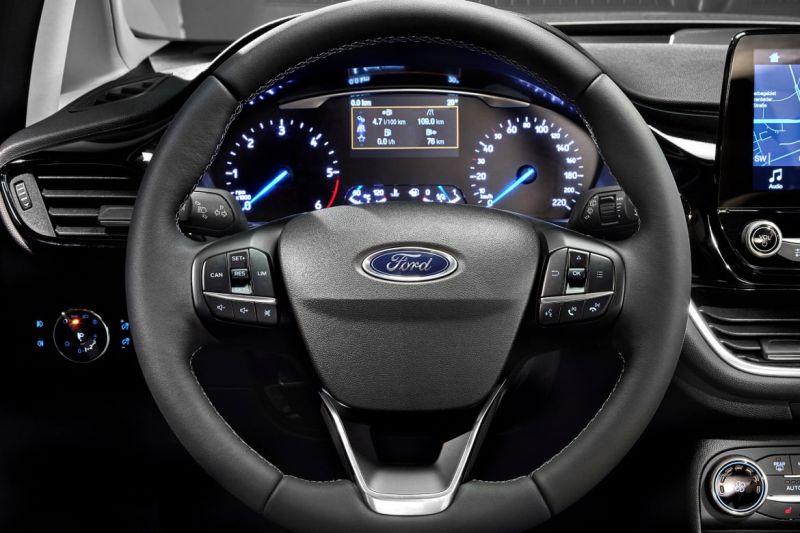Have you at any point simply gazed at your vehicle and thought about how the hell does it run? Maybe not, isn’t that so? All things considered, it isn’t your issue, these days we are so used to the nearness of cars and the extravagance and solace it gives that no one needs to know how they work any longer. All things considered, from each nut, screw to immense car parts, the manner in which a car capacity is totally astounding and delightful. Is it true that you are endeavoring to make sense of how a car functions? Provided that this is true, at that point here is a finished guide on how the engine, drive train, and transmission, all work together to set the entire metal apparatus in motion.
The Ultimate Guide on How Cars Work
In this guide, we will cover everything from a car engine to the transmission and drive train to give you a thought on how a car functions. How Does a Car Engine Work? In basic words, a car’s engine is commonly an inner burning engine in which, as the name suggests ignition happens inside. Presently, there are various kinds of inward ignition engines, for example, gas turbines, diesel engines, two-stroke engines, revolving engines, and HEMI engines. In any case, since most cars generally keep running on oil these days, the focal point of this article will be on gasoline engines. Things being what they are, how does the engine utilize inside burning to make vitality? All things considered, the guideline of any responding inward burning engine is to put a little high-vitality fuel, for example, gasoline in a little encased space and light it. The start makes a mind boggling measure of vitality is delivered as a growing gas, which accordingly controls your vehicle. Presently, your engine utilizes what is known as a ‘four-stroke burning cycle’ to change over vitality into gasoline and after that motion. These four strokes incorporate admission stroke, pressure stroke, ignition stroke, and exhaust stroke. Engine parts incorporate the crankshaft, bar direction, interfacing pole, cylinders, fumes port, fumes valve, spark plugs, oil sump, oil siphon, engine square, coolant, head, consumption port, admission valve, valve spread, and camshaft. When you begin your vehicle, the cylinders move to the top, enabling the admission valve to open. At that point, the cylinder moves down, enabling the engine to assimilate a chamber brimming with gasoline and air. This is the admission stroke carrying out its responsibility of blending gasoline and air for ignition. Next, the cylinder moves back up to pack this gasoline/air mixture. The pressure process makes the blend all the more dominant and when the cylinder achieves the highest point of its stroke; the sparkle plug radiates a minor flash to light the gasoline. The gasoline charge then causes the barrel to discharge vitality, subsequently driving the piston down. When the cylinder arrives in a desperate predicament, the fumes valves at that point open, enabling the warmth to be discharged from the tailpipe. The engine continues rehashing this procedure around many times each moment, along these lines delivering enough vitality to get your vehicle into motion. How the Transmission Works If you are as yet thinking that it’s hard to make sense of how do cars work, at that point please note the engine isn’t the main segment required for the activity of a car, as the transmission also assumes a vital job. The transmission of the vehicle likewise assumes an essential job in decreasing the revolutions of the crankshaft using interlocking gears. This diminished revolution at that point takes into account the efficient utilization of the torque created by the engine and keeps up a proper speed. It does this mostly using different apparatus blends. In the principal gear, the engine runs moderately quicker than the drive wheels. Then again, in high rigging, the engine is actually simply loafing, despite the fact that the car may be going at a speed of 80 MPH. However, this isn’t all. The transmission system, notwithstanding the different forward riggings, likewise has a nonpartisan position or apparatus. Things being what they are, what is the utilization of this rigging? All things considered, for the most part the unbiased position detaches the drive wheels from the engine and the other way around, with the goal that the car doesn’t move; regardless of the amount you siphon the gas. As a rule, the impartial rigging proves to be useful at stop lights.

